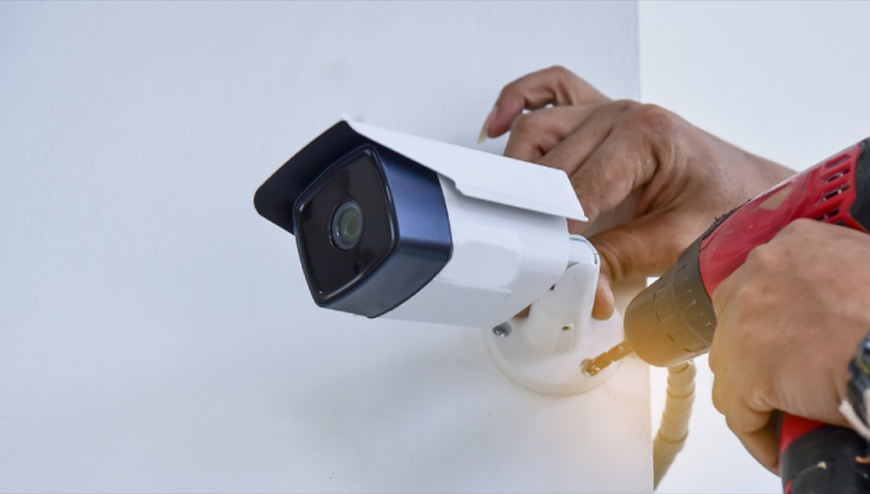About CCTV/ Security Installations
Security Cameras
Which security cameras are right for your system depends on your individual needs and budget; are you placing them indoors or outdoors? Is 1080P a large enough resolution? Will they be able to see and record video efficiently in low-lighting? Are they placed with an adequate field of view, or will a PTZ (Pan Tilt Zoom) camera be necessary? These are all important questions to be considered when choosing security cameras for your CCTV camera installation project.
IP Camera Installation Cabling
When using IP cameras – as most CCTV systems do these days – you will most likely be looking at Cat5E or Cat6 cables, which can transfer the large amount of data required by digital video and high resolutions at very fast speeds, and often over long distances. In many cases, Cat5e and Cat6 cables will also power the security cameras, eliminating the need for further wiring. This is called Power-Over-Ethernet and requires a PoE switch when the security cameras are not connected to an NVR
Network Video Recorder (NVR)
The Network Video Recorder, also known as the NVR, is another essential element to any IP camera system. Connected to the same IP network, the NVR can be installed virtually anywhere in your building or home. The NVR allows you to record and store video on a hard drive, snap images and transmit them to your computer or remote device for live and recorded viewing.
Storage/ Hard Drives
An NVR makes it easy to record video surveillance footage, but you will need connected hard drives on which to store this footage. Choosing the right amount of storage for your surveillance camera installation can seem like a confusing gamble, but it doesn’t have to be; it’s simply a matter of calculating the length of video you need to store, by the bitrate and resolution your camera shoots at. When recording 4k security camera video, this can end up being a large number requiring terabytes of footage. For lesser archival needs, you can usually get away with much less.
